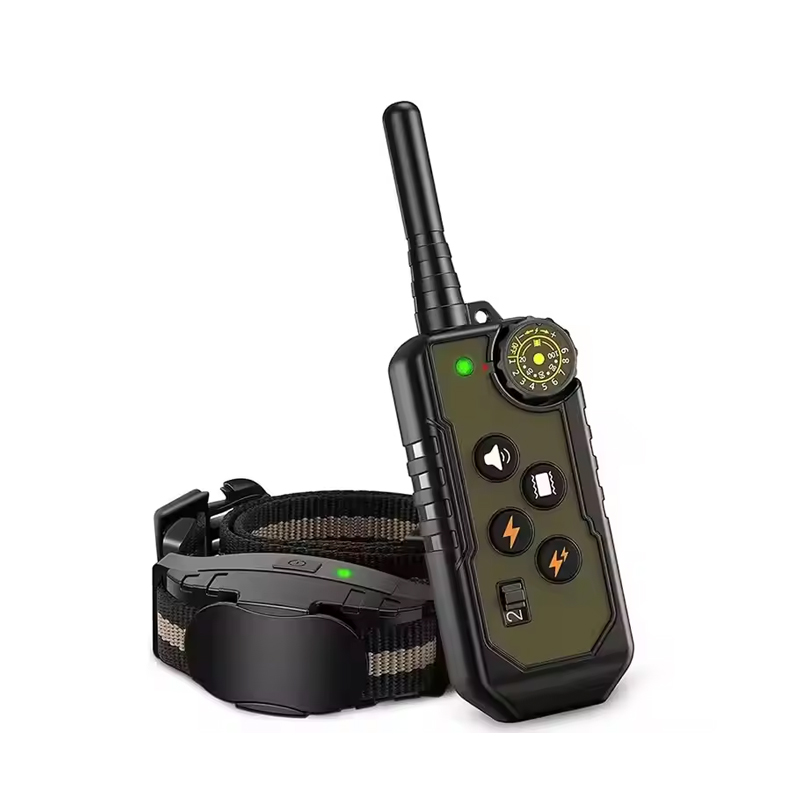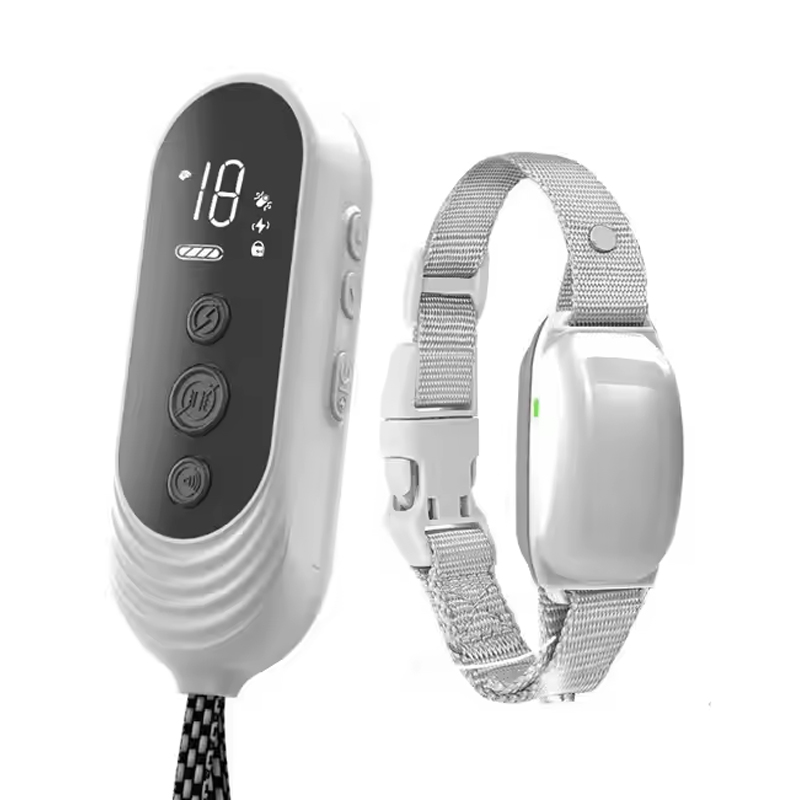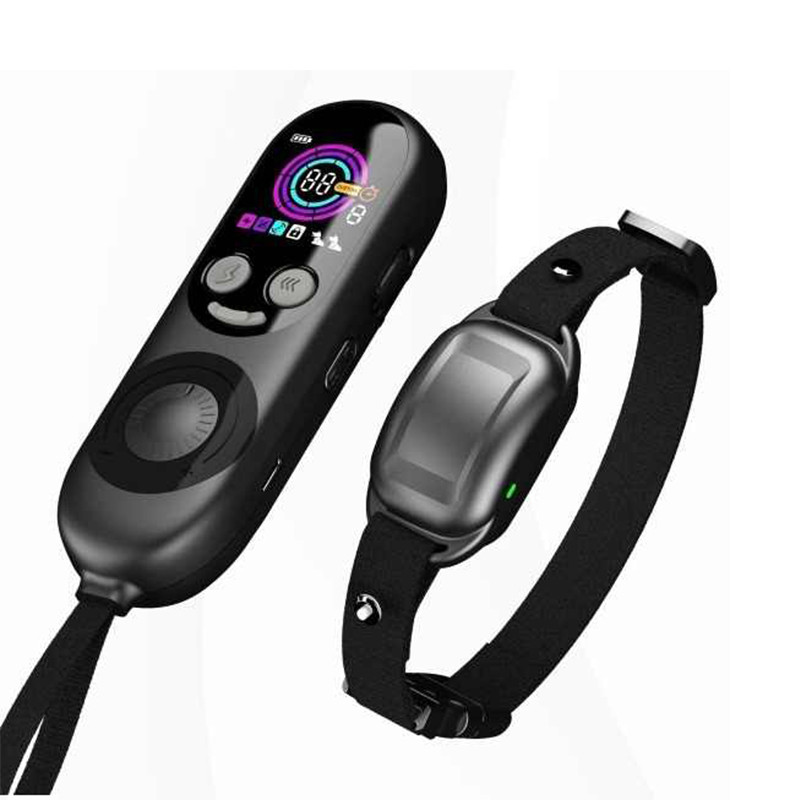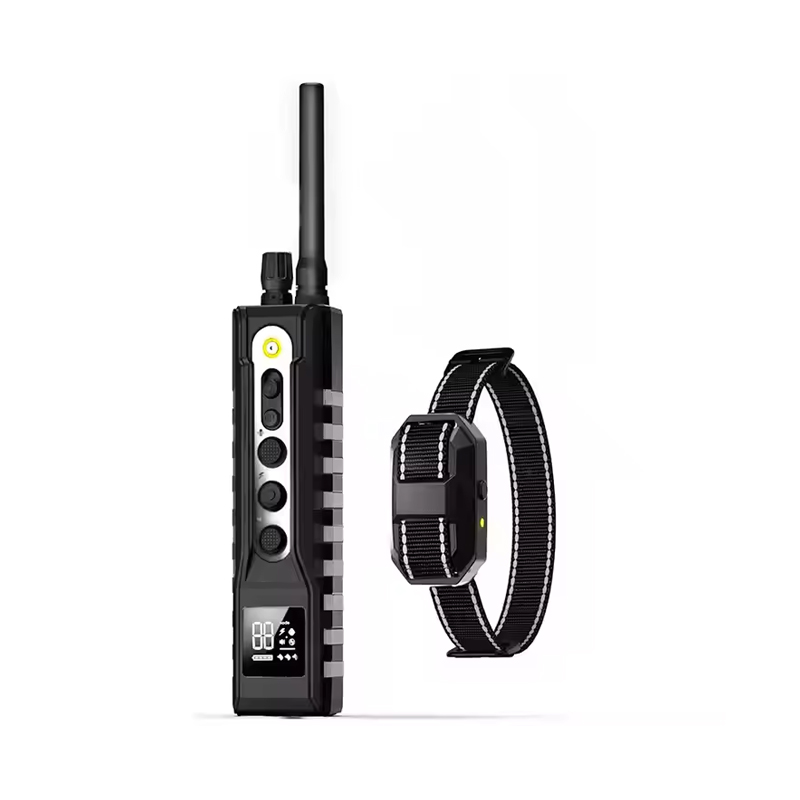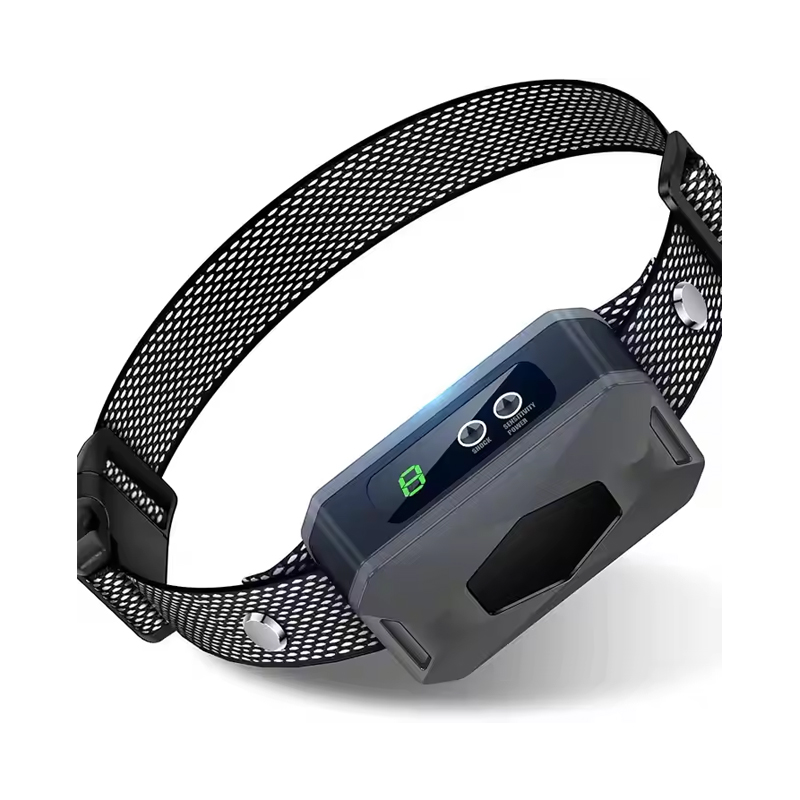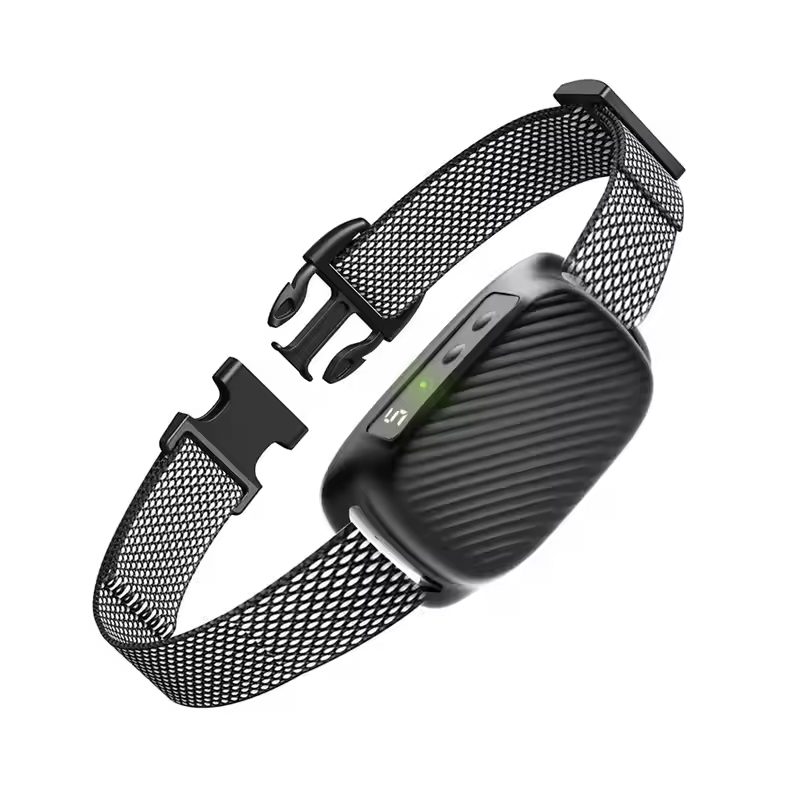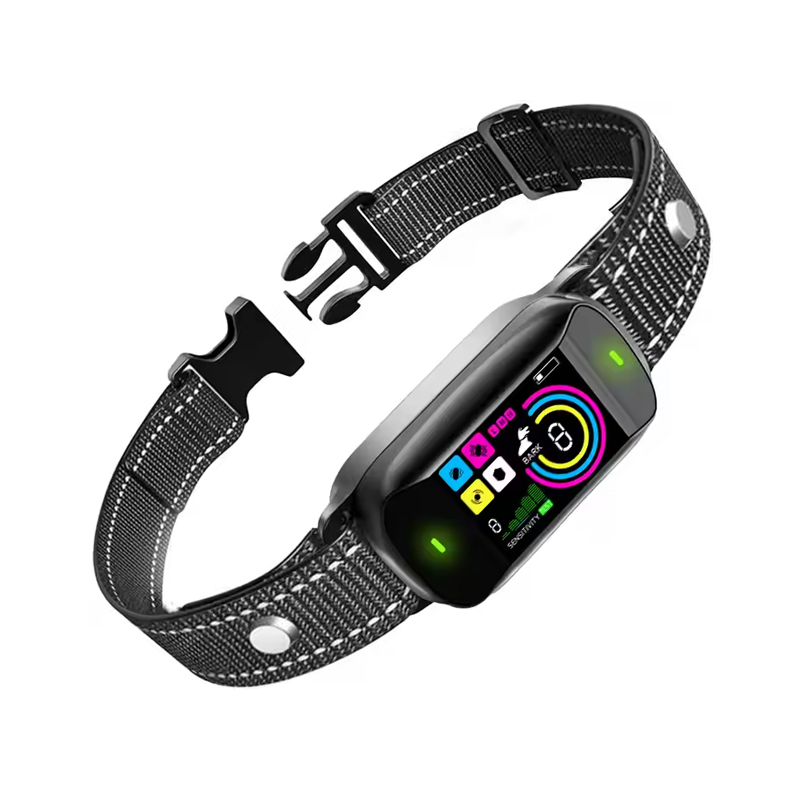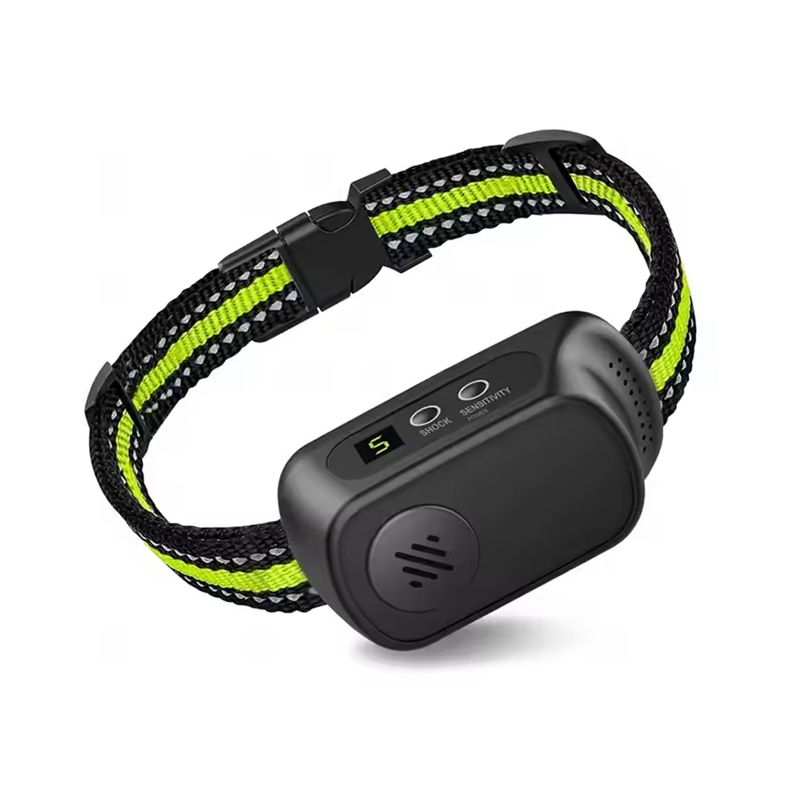- Type:
- Industry News
- Date:
- 2025-10-17
Pet Carriers: A Safe and Convenient Choice for Pet Travel
As the number of pet-owning households continues to grow, the demand for pet travel is also increasing. Whether for daily outings, short trips, or long-distance cross-city transportation, Pet Carriers have become an essential tool for pet owners. But what exactly is a pet carrier, what types are available, and how can you choose the most suitable model for your pet?
What Is a Pet Carrier/Backpack?
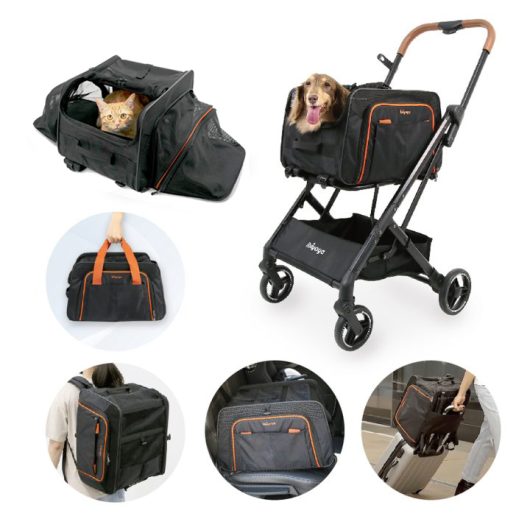
Pet Carriers are portable transportation devices specifically designed for pets, with the primary purpose of ensuring their safety, comfort, and hygiene during travel. Unlike ordinary water bowls or cages, they feature enclosed structures while also providing ventilation, shock absorption, and anti-escape functionality, making them convenient for owners to carry. Modern carriers even combine backpack, hand-held, and foldable designs, becoming a true "travel assistant" for pets.
Main Types of Pet Carriers
Based on materials and design features, Pet Carriers can be categorized into the following types:
| Type | Typical Material | Suitable Pets | Key Features |
|---|---|---|---|
| Soft-sided Carrier / Backpack | High-strength nylon / Oxford cloth | Small cats, dogs, and small mammals | Lightweight, soft, wearable, breathable |
| Hard-sided Carrier | Plastic, ABS | Small to medium dogs, cats | Shockproof, crush-resistant, highly secure |
| Aluminum / Metal Frame Carrier | Aluminum, steel mesh | Large dogs or pets requiring long-distance air travel | Extremely durable, lockable, well-ventilated |
| Airline-approved Carrier | Plastic + mesh panels | Air travel | Meets airline size and safety regulations |
The type of carrier not only determines safety and portability but also affects the pet's comfort and overall travel experience.
How to Choose the Right Pet Carrier for Your Pet
When selecting a pet carrier, you should consider multiple factors, including size, weight, material, ventilation, and portability:
Choose According to Your Pet's Size and Build
Standing space: Your pet should be able to stand, turn around, and lie down comfortably inside the carrier.
Length and height: Carrier length ≈ pet's body length + 10–15 cm; carrier height ≈ pet's shoulder height + 5–10 cm.
Weight capacity: Ensure the carrier can support your pet's weight to prevent deformation or damage.
Choose According to Material
| Material Type | Advantages | Considerations |
|---|---|---|
| Fabric / Soft-sided Carrier | Lightweight, soft, breathable | Suitable for short trips and daily outings; not durable for long-distance travel |
| Plastic / Hard-sided Carrier | Shockproof, crush-resistant, easy to clean | Suitable for air travel or long trips; slightly heavier |
| Aluminum / Metal Frame Carrier | Extremely durable, escape-proof | Suitable for large dogs or professional transport; higher cost |
Consider Comfort
Internal padding: Provides cushioning and reduces impact.
Ventilation design: Ensures air circulation to prevent overheating.
Observation windows/transparent panels: Reduces pet anxiety and allows the owner to monitor the pet.
Consider Portability
Backpack style: Double shoulder straps, ideal for short trips or walking.
Handheld/Foldable design: Convenient for cars or public transportation.
Wheeled combination: Saves effort on long-distance travel.
Choose According to Travel Type
Air travel: Select airline-approved hard-sided carriers.
Car/train travel: Carriers with seatbelt slots or lightweight hand-held options.
Walking/short trips: Soft-sided backpacks or portable carriers suffice.
Additional Features
Removable inner padding: Makes daily cleaning easier.
Safety locks/zippers: Prevents pets from escaping accidentally.
Leak-proof and waterproof design: Reduces cleaning hassle.
Material Comparison: Fabric vs. Plastic vs. Aluminum
| Material | Durability | Comfort | Cleaning & Maintenance | Suitable Scenarios |
|---|---|---|---|---|
| Fabric | Medium | High (soft padding) | Easy to clean, removable | Short trips, daily outings |
| Plastic | High | Medium | Easy to wipe, waterproof | Short to medium trips, air travel |
| Aluminum | Very High | Medium | Wipe maintenance, wear-resistant | Long-distance travel, large dogs, professional transport |
Each material has its own strengths. Pet owners can choose based on pet size, travel method, and frequency of use.
Portability and Comfort
Modern Carriers not only prioritize safety but also emphasize portability and pet comfort:
Backpack design: Dual shoulder straps reduce the owner's burden.
Handheld and wheeled combinations: Make long-distance travel easier.
Internal padding and breathable mesh: Ensure pets remain stable and cool while moving.
Adjustable openings/observation windows: Reduce pet anxiety and enhance security.
These designs significantly lower stress for pets during travel and greatly improve the overall travel experience.
Usage Guidelines for Different Transport Modes
Different travel scenarios impose specific requirements for Pet Carriers:
| Transport Mode | Usage Guidelines | Key Points |
|---|---|---|
| Airplane | Airline-approved size, locks, safety mesh | Strict size limits; recommended to use hard-sided or airline-certified carriers |
| Train / Subway | Foldable, backpack or handheld | Avoid occupying excessive space; lightweight is preferred |
| Car | Fixable to seat with safety latch or belt slot | Prevent injury during sudden braking |
| Walking / Short Trips | Soft-sided backpack, lightweight design | Ensure ventilation and allow pet to move freely |
When choosing a carrier, it is essential to consider the transport method to ensure pet safety and smooth travel.
With the continuous growth of pet-owning households, Pet Carriers are no longer simple transport tools—they are key to ensuring safety, health, and comfort during pet travel. Whether made of fabric, plastic, or aluminum, selecting the right type, size, and features allows pets to stay comfortable on the go. Modern designs that combine portability, breathability, and multi-scenario adaptability make every outing with pets easier, safer, and more enjoyable.


